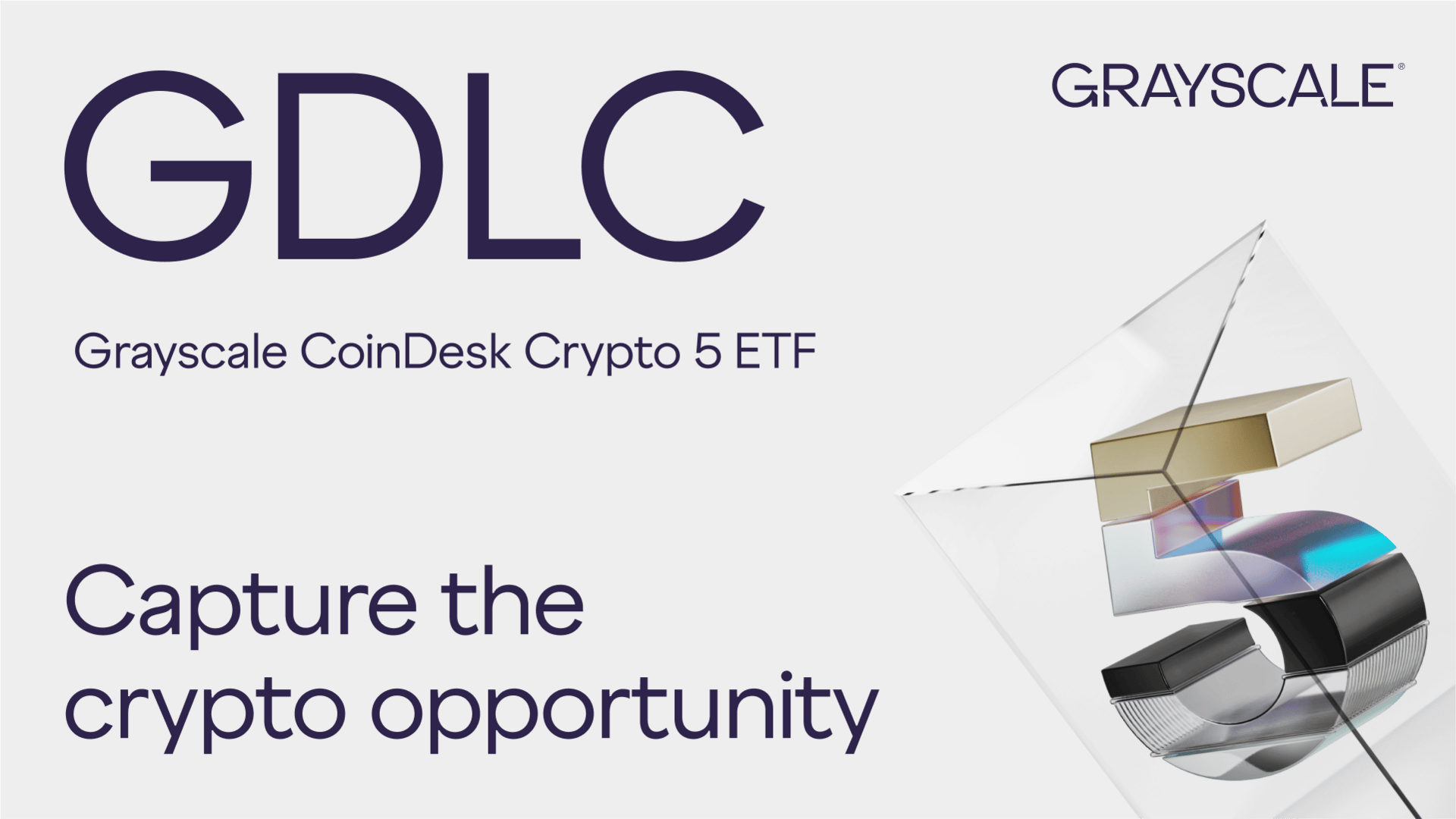- The Breakdown
- Posts
- 🟪 The meme is the medium
🟪 The meme is the medium
(of attention)


The meme is the medium (of attention)
Marshall McLuhan categorized electric light as a form of communication — or “pure information” — citing Romeo and Juliet as an authority to substantiate his claim.
Romeo, he reasons, might have been speaking of 20th-century television when he declared that light “speaks, yet says nothing.”
McLuhan uses that line to establish that light is a “message without content,” which lays the necessary groundwork for his famous aphorism: the medium is the message.
Unfortunately, that’s not how the Bard wrote it.
By all accounts, the actual line from Romeo and Juliet is, “she speaks, yet she says nothing.”
The speaker in question is clearly a person, as established by the previous nine lines of blank verse that McLuhan conveniently omits from his citation, including “It is my lady; O, it is my love!”.
Romeo was in love with Juliet, not a beam of light.
To imply otherwise is a characteristic bit of linguistic misdirection from the “high priest of pop culture,” who never let the dictionary get in the way of an attention-getting thesis or catchy turn of phrase.
Understandably, a contemporary critic dismissed McLuhan’s ideas as “fuzzy-minded” and "contemptuous of logical sequence.”
(Exhibit A: “Television is primarily an extension of the sense of touch rather than of sight.”)
And yet, 50 years on, the internet has made McLuhan’s signature line — “the medium is the message” — feel more correct and more relevant than ever.
McLuhan used that paradoxical phrasing to draw attention to his central observation that, throughout history, what has been communicated has mattered far less than how it was communicated.
“What you print is nothing compared to the printed word,” he explained. “What you say on the telephone affects very few” — but the telephone as a new medium of communication affected everyone.
Further, each new medium reduced the previous medium to content.
“The ‘content’ of any medium is always another medium,” he wrote.
“The content of writing is speech, just as the written word is the content of print, and print is the content of the telegraph.”
If you find that confusing, you’re in good company, because McLuhan did, too.
“I don’t pretend to understand it,” he told Playboy in 1969. “After all, my stuff is very difficult.”
But maybe less so now that we have the example of the internet — a medium whose “content” is every medium that came before it, from language, to writing. to print, to television.
The resulting “message” of this new medium is not the newsletters or YouTube videos it delivers to us, but the fundamental rewiring of our brains and reshaping of our social and political lives that it’s caused.
What’s more consequential to the world? The ephemeral content of TikTok videos, or the short-video format that’s compressed humanity’s attention span down to 15 seconds?
(I know you’ve checked your phone twice in the time it took to read the previous 486 words.)
In McLuhan’s telling, this is a pattern that’s gone back as far as early humans: speech was the “content” of writing, writing was the content of print, print was the content of film, film was the content of television — and now everything is the content of the internet.
Could crypto be next?
It’s a trap!
If the internet can be summed up as having created an attention economy using everything that came before it as its content, the McLuhan-ian question to ask is what kind of successor medium could, in turn, use the attention economy as its content.
The new medium of crypto has already gotten a start on this with memecoins — tokenized memes that make peoples’ attention tradeable.
But memecoins have failed to catch on outside of crypto-native retail traders, partly because they’re ill-suited for getting quantifiable exposure to established themes that larger players would care about.
Multicoin has proposed a professionalized alternative: “attention assets.”
Instead of trading strictly and unpredictably on the vagaries of supply and demand, as memecoins do, these would be priced with reference to real world metrics of attention, like prediction-market activity and Google searches.
Why would the world need such a thing?
“Predicting attention is an economically valuable activity,” Multicoin writes, arguing that it would help businesses navigate the modern attention economy by providing “a leading indicator to consumer preferences and spending.”
Maybe. Perhaps a fast-fashion retailer like Zara could make new fashions even faster if attention assets showed them, in real-time, what it is we’re paying attention to.
But, having read some McLuhan, I suspect it’s a trap.
“Any painter, any poet, any musician, sets a trap for your attention,” McLuhan explained. That’s the nature of art.”
And attention assets, too.
Multicoin says these would provide new and better information, which I’m sure would be helpful to some.
But in McLuhan’s framing, information is only “content,” and content isn’t what matters.
What matters is how the medium of crypto, by making our attention tradeable, would re-shape our brains by re-directing our attention.
It’s hard to imagine it would be redirected anywhere good.
Multicoin hints at this with a prediction that “the first mature application of the Attention Economy [might] be in the equities market.”
“As more assets trade off of their memetic value,” they speculate, “it will become necessary to develop methods to model memetic value.”
If so, companies would respond by spending more of their time trying to create mimetic value and less of it trying to create goods and services that people want and need.
So, I’m sure Multicoin is right that “Attention Assets could transcend to a bonafide asset class” — but I’m not sure they’re right that we should encourage it.
The information that attention assets might offer would be a distraction from which our collective attention may never escape.
McLuhan's misquote of Shakespeare was his way of sounding the alarm on this — he omitted Juliet from Romeo’s soliloquy to show us how we repeatedly fall into the trap of mistaking the medium for the message.
Attention assets are another such trap: a financial incentive to see only the "light" of memetic value, and forget there ever was a Juliet to begin with.

Brought to you by:
Grayscale is excited to announce the launch of Grayscale CoinDesk Crypto 5 ETF (ticker: GDLC) — the first crypto exchange-traded product in the U.S offering investors access to the market cap-weighted performance of the five largest and most liquid crypto assets1 , covering 90% of the crypto market’s capitalization2 .
Grayscale CoinDesk Crypto 5 ETF (“GDLC” or the “Fund”), an exchange traded product, is not registered under the Investment Company Act of 1940 (or the ’40 Act) and therefore is not subject to the same regulations and protections as 1940 Act registered ETFs and mutual funds. Investing involves risk, including possible loss of principal. An investment in GDLC is subject to a high degree of risk and volatility. GDLC is not suitable for an investor that cannot afford the loss of the entire investment. An investment in the Fund is not a direct investment in any cryptocurrency.
Grayscale CoinDesk Crypto 5 ETF has filed a registration statement (including a prospectus) with the SEC for the offering to which this communication relates. Before you invest, you should read the prospectus in that registration statement and other documents GDLC has filed with the SEC for more complete information about GDLC and this offering. You may get these documents for free by visiting EDGAR on the SEC Web site at www.sec.gov. Alternatively, GDLC or any authorized participant will arrange to send you the prospectus after filing if you request it by calling (833)903-2211 or by contacting Foreside Fund Services, LLC, Three Canal Plaza, Suite 100, Portland, Maine 04101.
Foreside Fund Services, LLC is the Marketing Agent and Grayscale Investments Sponsors, LLC is the sponsor of GDLC.


By Ben Strack |

By Donovan Choy |

By Blockworks |

By Blockworks |

Sponsored Report |

Brought to you by:
peaq, the Machine Economy Computer, proudly sponsors The Breakdown newsletter. The robots are here — and they’re coming onchain. With peaq, you earn while the robots work.
Recent highlights include: world’s first Machine Economy Free Zone in the UAE, world’s first tokenized robo-farm in Hong Kong, world’s first Web3 Robotics SDK, world’s first onchain robot.
New peaq app: Get early access to tokenized robots. Be the world’s first to benefit from the rise of the robots: https://www.peaq.xyz/


Tell your friends, rack up rewards! 🎉
Some market insights are just too good to not share. Use the Breakdown referral program and snag rewards while you’re at it:
1 Grayscale and CoinDesk, as of 8/29/2025. Largest and most liquid assets reflect eligibility for U.S. exchange and custody accessibility and U.S. dollar or U.S. dollar-related trading pairs. Exclusions include stablecoins, memecoins, gas tokens, privacy tokens, wrapped tokens, staked assets, or pegged assets. Largest is defined by circulating supply market capitalization, and most liquid is defined by 90-day median daily valued traded.
2 CoinDesk as of 08/31/2025, based on the crypto market ’s total investable universe.










